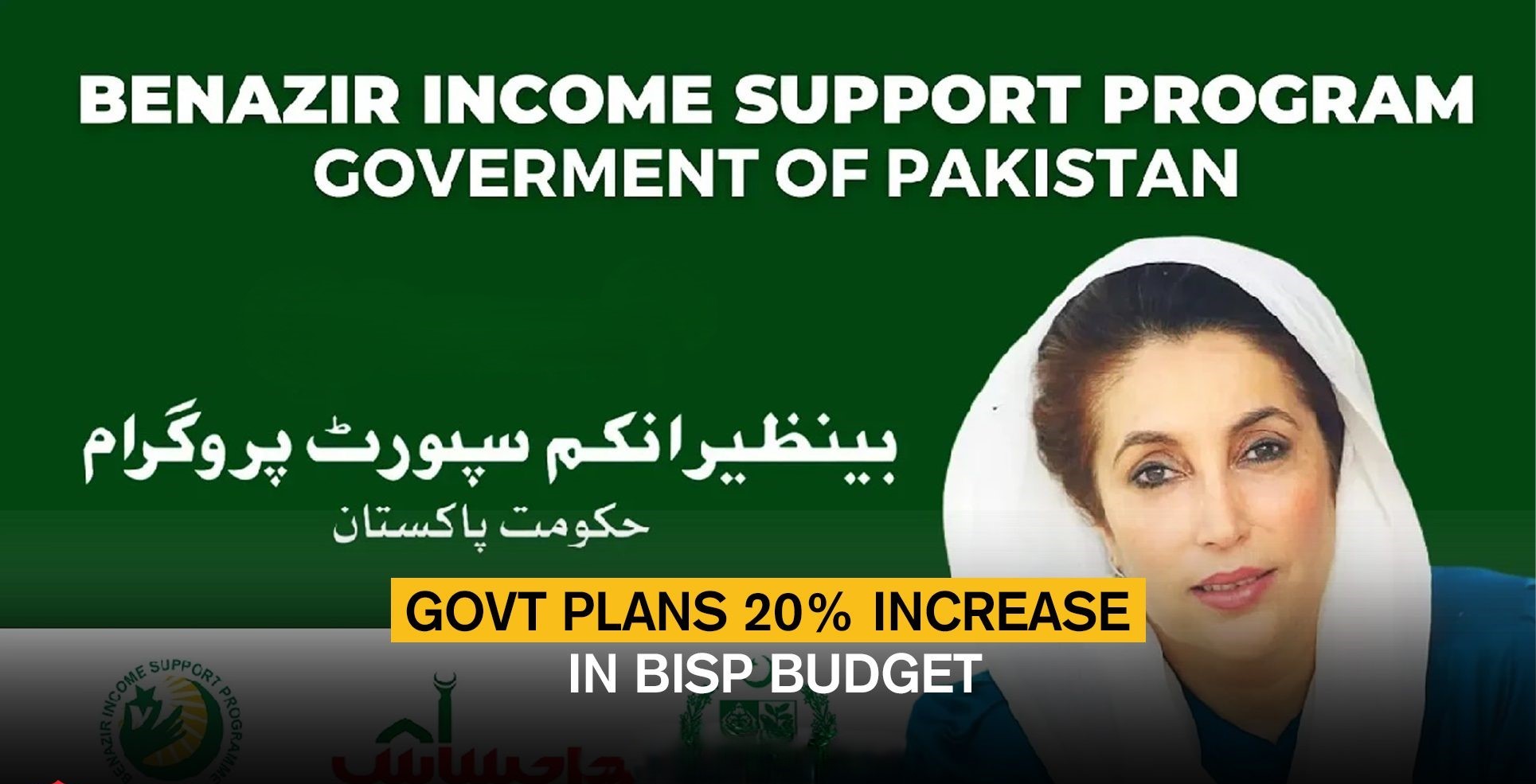
The Benazir Income Support Programme (BISP 2025–26) remains a cornerstone of Pakistan’s social welfare strategy, and in the 2025–26 federal budget, the government has significantly increased its allocation to over Rs 720 billion.
This enhancement reflects a strong commitment to supporting nearly 10 million low-income families across the country through quarterly cash payments. With inflation-adjusted stipends, expanded coverage, and continued focus on women-headed households,
BISP continues to play a vital role in poverty alleviation and economic stability for Pakistan’s most vulnerable citizens. Here’s a detailed overview of the new quarterly payment, total allocation, eligibility, and upcoming digital reforms.
Federal Budget 2025-26: Major Increase in BISP Allocation
-
Total Allocation: The federal government has allocated Rs. 716 billion for BISP in the 2025-26 budget, up from Rs. 592 billion in the previous year.
-
Increase Percentage: This is a 20% increase, aimed at covering more low-income families and providing inflation-adjusted financial assistance.
-
Target Beneficiaries: Over 10 million households are currently registered under BISP and are expected to continue receiving support.
Quarterly Cash Assistance (2025-26)
-
Previous Payment (2024): Rs. 13,500 per quarter.
-
New Proposed Payment (2025-26): Rs. 14,500 per quarter is expected, following recommendations in line with IMF-supported reforms.
-
Monthly Average: Beneficiaries will receive approximately Rs. 4,833 per month, disbursed every 3 months.
Additional Allowances: Benazir Taleemi Wazaif (Education Grants)
-
BISP also offers Benazir Taleemi Wazaif for students of registered households.
-
Scholarship Range: Rs. 1,500 to Rs. 4,000 per child, depending on education level and gender.
-
Payments are quarterly and require 80% attendance
Eligibility Criteria for BISP 2025
To qualify for the BISP cash transfer program:
-
Must be a female head of household.
-
Belong to a low-income household as per NSER survey.
-
Not employed in any government job or receiving pension.
-
Must have a valid Computerized National Identity Card (CNIC).
-
Must be verified through the 8171 Portal or by local BISP registration centers.
Payment Channels and Verification Process
-
SMS Portal: Send CNIC number to 8171 for eligibility check.
-
Online Web Portal: Visit the official website to track application and payment status.
-
Disbursement Partners: HBL Konnect, Bank Alfalah, and camp sites across Pakistan.
-
Biometric Verification: Thumbprint or facial recognition system for old or disabled beneficiaries is now active.
Digitalization and Transparency Reforms
With the new budget, the government is introducing digitization reforms in BISP to:
-
Enable direct bank transfers to reduce delays and corruption.
-
Introduce real-time tracking of payments via mobile apps.
-
Use Artificial Intelligence (AI) for targeting new families based on real-time poverty data.
Integration with IMF & World Bank Programs
-
The BISP expansion and new payment structure are part of broader economic reforms under the IMF Extended Fund Facility (EFF).
-
The World Bank and UNICEF are also supporting conditional cash transfer programs, particularly in education, health, and nutrition.
Upcoming Payment Timeline (2025)
| Quarter | Amount per Family | Disbursement Period |
|---|---|---|
| Q1 (Jul-Sep) | Rs. 14,500 | August 2025 |
| Q2 (Oct-Dec) | Rs. 14,500 | November 2025 |
| Q3 (Jan-Mar) | Rs. 14,500 | February 2026 |
| Q4 (Apr-Jun) | Rs. 14,500 | May 2026 |
Warning: Avoid Scams
-
Do not share CNIC or personal details with unauthorized persons.
-
Only trust official BISP SMS (8171) or verified websites.
-
Report fraud via BISP helpline or nearest center.
Summary of Key Points
| Feature | Details |
|---|---|
| Total Budget | Rs. 716 billion |
| Per Quarter Payment | Rs. 14,500 |
| Monthly Equivalent | Rs. 4,833 |
| Registered Families | Over 10 million |
| Additional Wazaif (Students) | Rs. 1,500 – Rs. 4,000 per child |
| Channels | 8171 SMS, Web Portal, Biometric System |
| Verification Method | CNIC + Biometric (Thumbprint/Face ID) |
FAQs
1. What is the total budget allocated for BISP in 2025–26?
The government has allocated Rs. 716 billion for the Benazir Income Support Programme (BISP) in the 2025–26 federal budget, up from Rs. 592 billion in the previous year. This reflects a 20% increase to enhance financial assistance and cover more low-income families.
2. How much will each beneficiary receive under the new BISP payment structure?
Each eligible household will receive Rs. 14,500 per quarter, which averages to approximately Rs. 4,833 per month. This increase is part of an IMF-supported effort to adjust payments for inflation.
3. Who is eligible to receive BISP payments in 2025?
To qualify for BISP:
-
The applicant must be a female head of household.
-
Belong to a low-income household as identified by the NSER survey.
-
Not be employed in a government job or receive a government pension.
-
Have a valid CNIC.
-
Be verified through the Official Portal or local BISP registration centers.
4. How can I check my eligibility for BISP 2025–26?
You can check eligibility by:
-
Sending your CNIC number via SMS to 8171.
-
Visiting the online portal to track application and payment status.
5. What are the payment dates for BISP in the 2025–26 fiscal year?
The expected disbursement schedule is as follows:
-
Q1 (Jul–Sep): Rs. 14,500 – August 2025
-
Q2 (Oct–Dec): Rs. 14,500 – November 2025
-
Q3 (Jan–Mar): Rs. 14,500 – February 2026
-
Q4 (Apr–Jun): Rs. 14,500 – May 2026
6. What is Benazir Taleemi Wazaif, and who can benefit from it?
Benazir Taleemi Wazaif is an educational scholarship program for children of BISP-registered families.
-
Students receive Rs. 1,500 to Rs. 4,000 quarterly based on gender and education level.
-
80% school attendance is required to remain eligible.
7. How is the BISP payment distributed to beneficiaries?
Payments are disbursed through:
-
HBL Konnect, Bank Alfalah, and authorized camp sites.
-
Beneficiaries must complete biometric verification using thumbprint or facial recognition (especially for elderly or disabled individuals).
8. What digital reforms are being introduced in BISP 2025–26?
Key digital reforms include:
-
Direct bank transfers to reduce delays and corruption.
-
Real-time payment tracking through mobile applications.
-
Use of Artificial Intelligence (AI) for identifying new eligible families based on live poverty data.
9. Is BISP linked to any international organizations or programs?
Yes, the BISP expansion and revised payment structure are aligned with economic reforms under the IMF Extended Fund Facility (EFF). Additionally, the World Bank and UNICEF support conditional cash transfer programs in areas like health, education, and nutrition.
10. How can beneficiaries protect themselves from BISP-related fraud or scams?
-
Do not share your CNIC or personal details with unauthorized individuals.
-
Only trust messages from the official BISP SMS code 8171.
-
Use the official website
-
Report suspicious activity via the BISP helpline or by visiting the nearest center.
Final Thoughts
The Benazir Income Support Programme (BISP) for the fiscal year 2025–26 marks a significant step forward in Pakistan’s commitment to poverty alleviation and social protection. With a substantial budget increase, revised quarterly payments, and expanded educational support through Taleemi Wazaif, the program aims to ease the financial burden on millions of low-income families.
The introduction of digital reforms and biometric verification ensures greater transparency, efficiency, and accessibility for beneficiaries. As BISP aligns more closely with international standards and economic reforms, it continues to serve as a vital lifeline for Pakistan’s most vulnerable citizens, empowering women and supporting future generations through education and stability.
Stay informed by checking your eligibility regularly via 8171, and always follow official channels for updates.
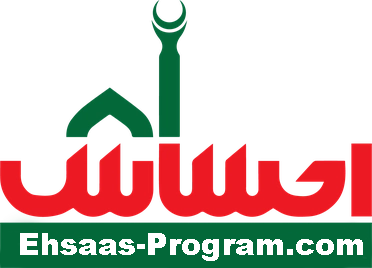
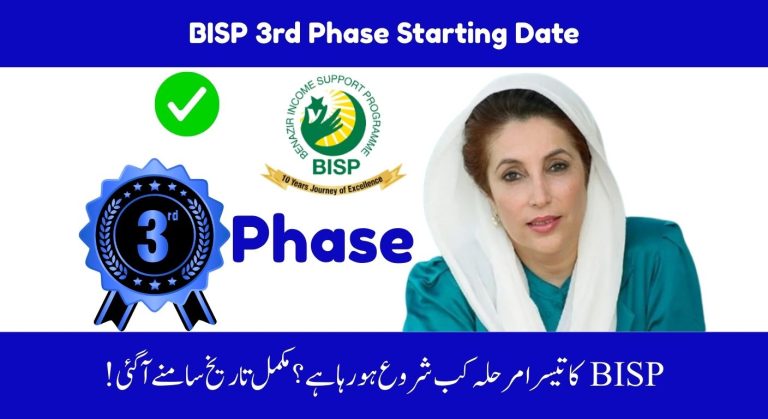

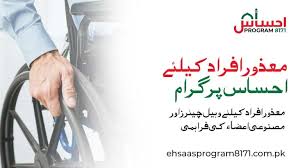
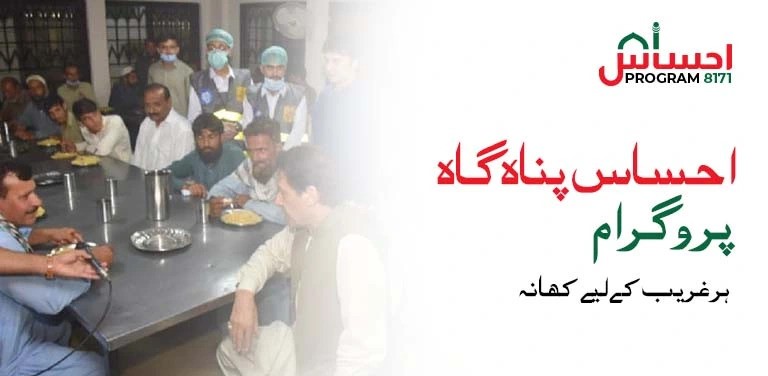
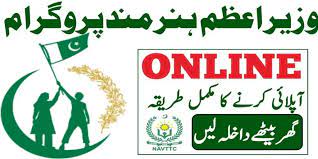

Plz my ehssas program open
13500
Jannat from kamber